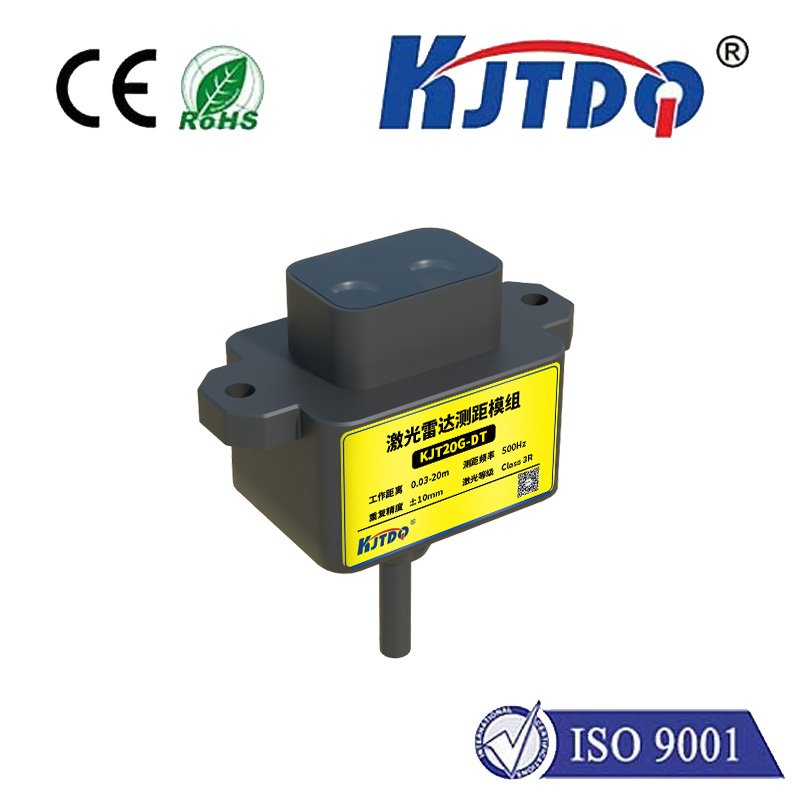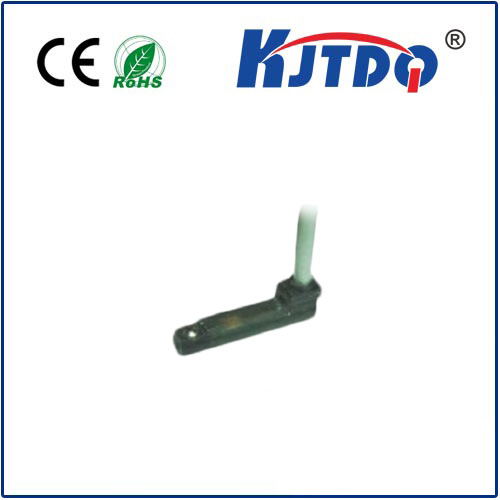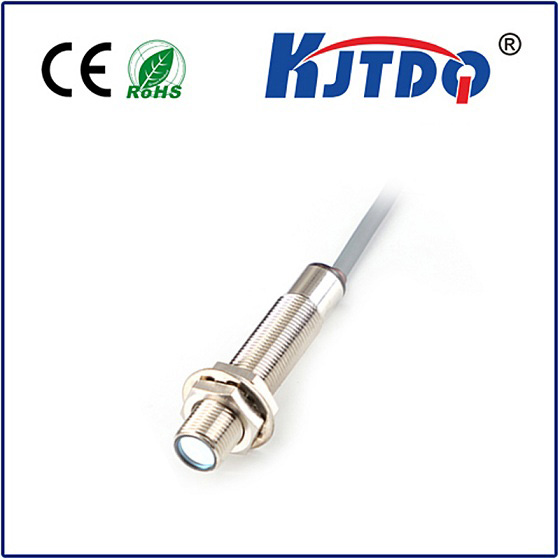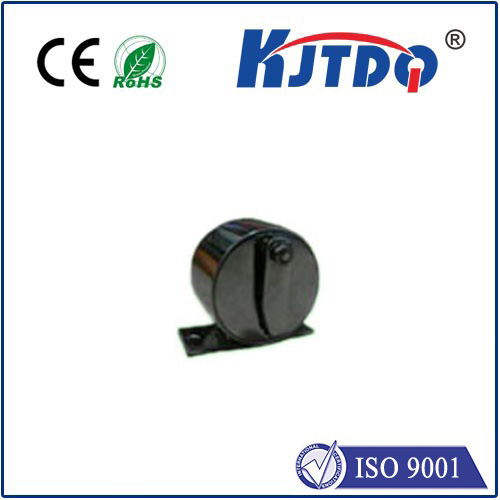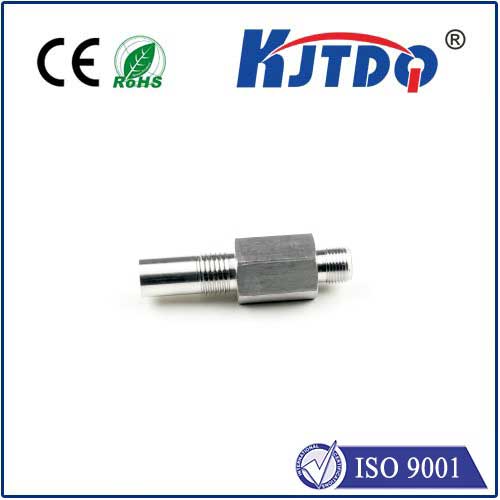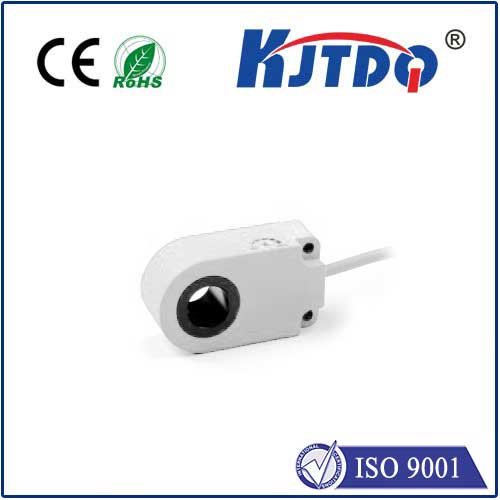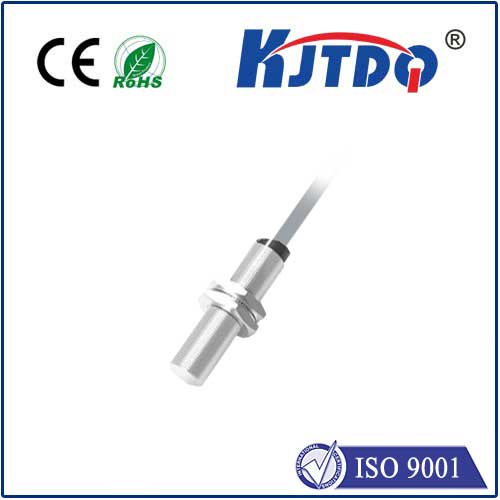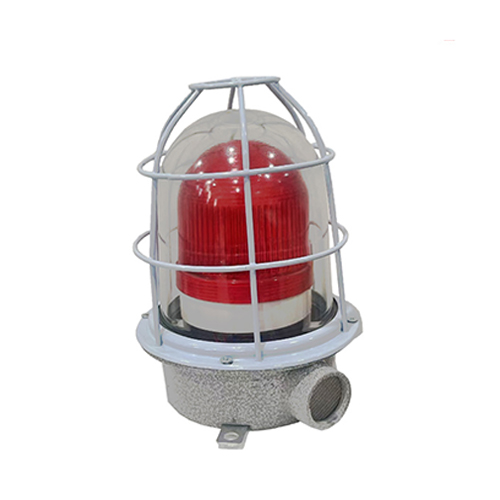

check

check

check

check

check

check

check

check

check

check
Imagine a world where devices respond to light with uncanny precision, from smart homes that adjust lighting based on natural conditions to medical equipment that detects vital signs in real-time. This isn’t science fiction—it’s the reality brought to life by advanced optical sensors like the H21A1 optical sensor. As a cornerstone in modern sensing technology, this innovative component is revolutionizing industries by offering unparalleled accuracy and reliability. In this article, we’ll explore what makes the H21A1 so special, its inner workings, key applications, and why it’s becoming indispensable in today’s tech-driven landscape. Whether you’re an engineer, a tech enthusiast, or simply curious about cutting-edge innovations, understanding this sensor reveals how small components can drive big changes.
Optical sensors, at their core, detect light and convert it into electrical signals for interpretation by electronic systems. The H21A1 optical sensor stands out in this category due to its specialized design, which typically features high sensitivity across a broad spectrum of light wavelengths. This model is often integrated into compact modules, making it ideal for applications where space is limited yet performance cannot be compromised. For instance, it might incorporate photodiodes or infrared elements to capture ambient light or detect specific patterns, enabling devices to “see” and react to their environment effortlessly. What truly sets the H21A1 apart is its ability to operate efficiently under varying conditions, such as fluctuating temperatures or low-light scenarios, ensuring consistent outputs without frequent recalibration. This robustness stems from advanced semiconductor materials and precise manufacturing processes, which minimize noise and enhance signal clarity—making it a go-to choice for designers seeking dependable solutions in critical systems.

Delving into the workings of this sensor, its operation hinges on the photoelectric effect, where incident photons trigger electron flow within the device. The H21A1 optical sensor excels by incorporating features like low power consumption and high dynamic range, allowing it to function seamlessly in both high-brightness and dim environments. For example, in consumer electronics like smartphones or wearables, it adjusts screen brightness automatically by sensing ambient light levels, thereby conserving battery life while improving user comfort. Beyond everyday gadgets, this technology finds its niche in industrial automation, such as assembly lines where sensors monitor product positioning through optical feedback loops. Healthcare applications are equally transformative; devices equipped with the H21A1 can track patient vitals by analyzing light absorption in blood, facilitating non-invasive diagnostics in settings like hospitals or remote clinics. This versatility underscores why industries are rapidly adopting optical sensors, as they offer a cost-effective way to enhance automation and reduce human error, driving efficiency in processes that demand exactness.
The applications of the H21A1 optical sensor span a wide array of sectors, highlighting its role as a versatile enabler of innovation. In automotive technology, it contributes to advanced driver-assistance systems (ADAS) by detecting lane markings or obstacles through optical sensing, promoting safer journeys. Similarly, in smart agriculture, integrated sensors analyze crop health by measuring reflected light spectra, guiding precision farming practices that optimize water and resource use. Another emerging area is in IoT devices, where the compact footprint of the H21A1 allows for seamless integration into connected home systems—think lighting controls that adjust based on occupancy or time of day, creating energy-efficient, responsive living spaces. What makes these implementations especially compelling is the sensor’s adaptability to digital interfaces like I2C or SPI protocols, enabling easy pairing with microcontrollers for rapid data processing. As businesses prioritize sustainability, the low-energy profile of such optical sensors also supports greener initiatives, reducing carbon footprints while maintaining high performance.
Advantages offered by the H21A1 optical sensor further cement its status in the competitive landscape of sensor technology. Key benefits include exceptional reliability under harsh conditions, such as dust or humidity, which minimizes downtime in industrial settings. Additionally, its high sensitivity allows for fine-tuned measurements that outperform traditional alternatives, translating to more accurate outcomes in applications like environmental monitoring or quality control. From a cost perspective, the H21A1’s standardized design often makes it more affordable than custom solutions, lowering barriers for startups and innovators looking to prototype quickly. Industry experts note that optical sensors are evolving rapidly, with trends pointing toward AI integration, where data from devices like the H21A1 feed machine-learning algorithms for predictive analytics—imagine factories anticipating equipment failures before they occur. Such progress not only drives efficiency but also fuels research into new materials, with potential breakthroughs in nano-optics expanding the horizons of what these sensors can achieve.
Looking ahead, the trajectory for the H21A1 optical sensor hints at broader implications for how we interact with technology. Innovations in miniaturization and wireless connectivity are set to amplify its role in wearable tech and healthcare, enabling real-time health tracking without intrusive methods. Moreover, as demand grows for smarter cities and sustainable infrastructures, optical sensing technology like this will be pivotal in optimizing energy use and reducing waste. The enduring appeal of the H21A1 lies in its blend of simplicity and sophistication, empowering developers to push boundaries while ensuring everyday reliability. For anyone navigating the tech ecosystem, keeping abreast of such components illuminates pathways to innovation—where a single sensor can spark transformative change.
